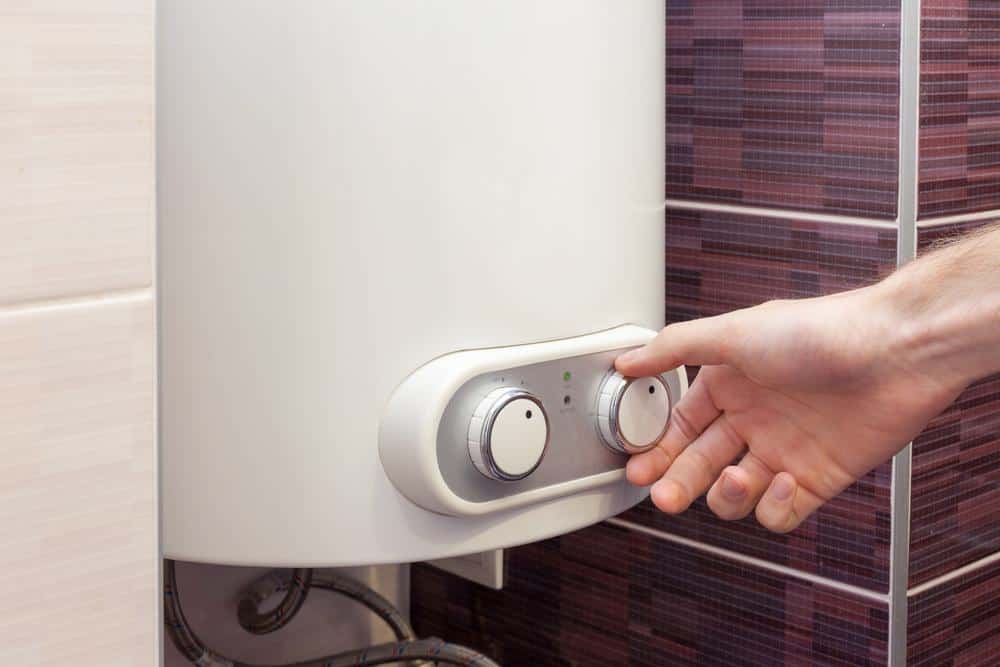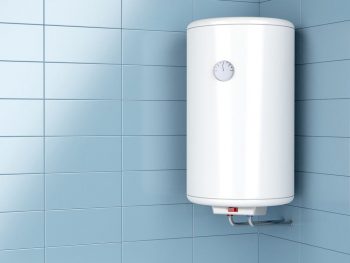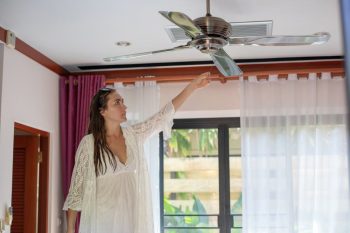
Adding a second water heater to your home can significantly improve your comfort by ensuring a steady supply of hot water, even during peak usage times. However, the process involves several steps and considerations that should not be taken lightly. This comprehensive guide will walk you through everything you need to know about installing a second water heater, from the benefits and considerations to the installation process and maintenance tips.
Adding a second water heater involves assessing your hot water needs, considering factors like the type of water heater, fuel type, and installation requirements. You can choose between a series or parallel configuration for installation. It’s recommended to hire a professional for the installation to ensure it meets local building codes and safety requirements. Regular maintenance is crucial for the longevity of your second water heater. Costs can range from $960 to $3,910, depending on various factors. Always consult with a professional before proceeding.
Benefits of Adding a Second Water Heater
There are several reasons why you might want to consider adding a second water heater to your home:
- Increased hot water capacity: This is especially helpful for larger families or homes with multiple bathrooms.
- Reduced wait time for hot water: Positioning the water heaters closer to the points of use can reduce the distance hot water has to travel.
- Built-in redundancy: If one water heater fails, the second one can still provide hot water.
- Greater efficiency: Installing multiple, smaller tankless water heaters throughout the home can lead to greater efficiency.
- Flexibility in temperature settings: Having two water heaters allows you to set different temperatures for different areas of the house.
Key Considerations Before Adding a Second Water Heater
Before deciding to add a second water heater, consider the following:
- Demand for hot water: Assess your hot water requirements to determine if a second heater is necessary.
- Distance from hot water sources: A second water heater installed closer to high-demand areas can help reduce wait times.
- Piping methods: Consult with a professional to determine the best piping method for your situation.
- Type of water heater: Consider whether you want to install a tankless or storage water heater.
- Fuel type: Determine the fuel type for your second water heater based on the availability of fuel sources in your area and the compatibility with your existing water heater.
- Installation factors: Proper installation depends on factors like local building code requirements, safety issues, and climate.
- Maintenance: Consider the long-term costs and responsibilities associated with maintaining two water heaters.
Choosing the Right Water Heater for Your Second Unit
When installing a second water heater, you might want to consider tankless or electric water heaters for their energy efficiency, endless hot water supply, space-saving design, and safety. However, keep in mind the potential drawbacks, such as higher upfront costs for tankless water heaters and slower heating times for electric water heaters.
Installation Process for a Second Water Heater
The installation of a second water heater can be done in two configurations: series or parallel. In a series configuration, the water flows from one heater to the other. In a parallel configuration, both heaters supply hot water simultaneously. It’s essential to follow local building codes and safety requirements when installing a second water heater. It’s also recommended to hire a licensed professional to handle the installation, as they will be familiar with the necessary codes and safety measures.
Ensuring Energy Efficiency
To ensure your second water heater is energy-efficient, you can set the thermostat to 120ºF, perform regular maintenance, insulate the water heater and hot water pipes, install efficient showerheads and faucet attachments, use less hot water, choose the right size water heater, and consider upgrading to a more energy-efficient model.
Estimated Cost of Second Water Heater
The estimated cost for purchasing and installing a second water heater can range from $960 to $3,910, depending on the type, size, and fuel source of the water heater, as well as labor costs. It’s best to get quotes from local plumbers to get a more accurate estimate for your situation.
Potential Problems and Challenges
Adding a second water heater can present several potential problems or challenges, such as stagnant water and unbalanced flow, interdependence, complex plumbing, space and installation considerations, and increased maintenance.
Maintenance Tips for Longevity
To ensure the longevity of your second water heater, regular inspections, flushing the tank annually, checking the anode rod, testing the TPR valve, adjusting the temperature, insulating the tank and pipes, maintaining proper ventilation, and addressing any issues promptly are recommended.
By following these steps, you can effectively add a second water heater to your home and enjoy the benefits of increased hot water capacity and reduced wait times. Always consult with a professional plumber or technician before adding a second water heater to ensure proper installation and operation.
Frequently Asked Questions
What is the difference between a tankless and a storage water heater?
A tankless water heater, also known as an on-demand water heater, heats water only when it’s needed, which can save energy. However, they can be more expensive upfront. A storage water heater, on the other hand, stores and heats a large amount of water in a tank so it’s ready when needed, but can use more energy to maintain the temperature.
What type of maintenance does a water heater require?
Regular maintenance for a water heater includes inspecting it for any signs of leaks or corrosion, flushing the tank annually to remove sediment build-up, checking the condition of the anode rod, testing the temperature and pressure relief (TPR) valve, adjusting the temperature if necessary, insulating the tank and pipes, maintaining proper ventilation, and addressing any issues promptly.
Is it better to install the second water heater in series or parallel?
The best configuration depends on your specific needs. A series configuration can provide a larger volume of hot water, but the second heater only operates when the first one can’t meet the demand. A parallel configuration can provide faster heating and simultaneous supply of hot water, but it requires more complex plumbing and both heaters operate more frequently.
What are the safety considerations when installing a second water heater?
Safety considerations include adhering to local building codes, ensuring proper ventilation to prevent carbon monoxide build-up (for gas heaters), installing a temperature and pressure relief valve, setting the thermostat at a safe temperature (usually 120ºF), and hiring a licensed professional to handle the installation.
What is the lifespan of a water heater?
The average lifespan of a water heater is around 8 to 12 years, but it can vary depending on the type of heater, the quality of the installation, the local water quality, and how well it’s maintained. Regular maintenance can help extend the lifespan of a water heater.












